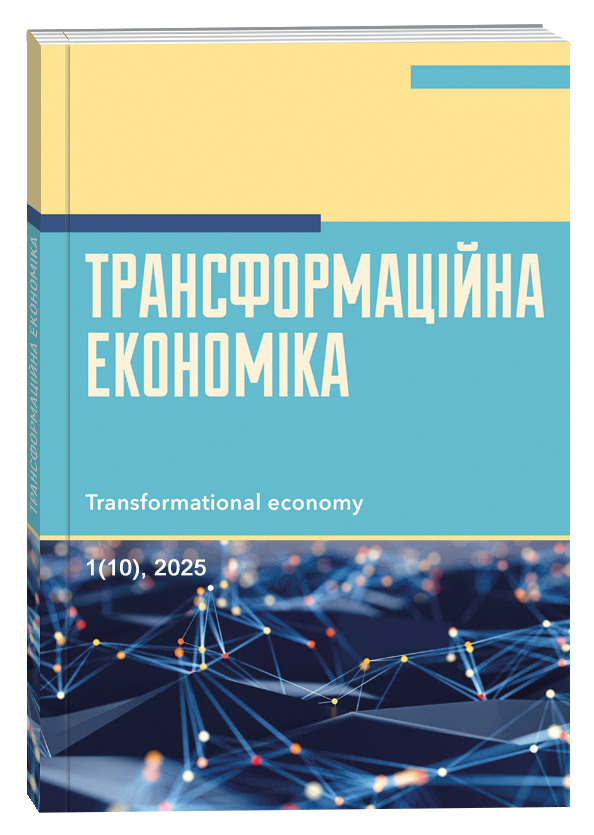STRUCTURING THE WORLD’S SCIENTIFIC RESEARCH FOR THE ROLE AND PLACE OF CYBERSECURITY IN THE SYSTEM OF ENSURING THE ECONOMIC SECURITY OF THE STATE
Abstract
The study is aimed at structuring the world's scientific work and a systematic review of the role and place of cyber security in the system of ensuring the state's economic security. For this, a complex bibliometric and scientometric analysis was applied based on an array of publications obtained by a corresponding search query in the Scopus database with a total volume of 1077, indexed from 2004 to September 2024. A combination of modern bibliometric analysis tools (VOSviewer, SciVal), programming languages R, R Studio software, Shiny packages, Bibliometrix, igraph and their respective libraries and functions allowed to carefully examine the obtained set of publications of world scientists in order to identify new trends, key topics, and knowledge gaps in the specified research topic. Thus, at the first stage, an array of publications indexed by the Scopus database was generated and exported in CSV and BibTex formats for further analysis. In the second stage of the research, eight thematic clusters were formed in the VOSviewer software. The chronological sequence of research directions of world scientists on the topic of cyber security's role in ensuring the state's economic security was determined. The third stage defines key scientific fields regarding cyber security's role in ensuring economic security, in which scientists, researchers, and analysts highlight their developments. Such fields are computer science, software engineering, and social and behavioral science. In the fourth stage, several bibliometric metrics were constructed using the R Studio software, Shiny, Bibliometrix, and igraph packages, namely: a tree-shaped map showing the frequency of use of authors' keywords; a map of the cooperation network of researchers on the specified topic; an alluvial diagram reflecting the evolution of research on the role and place of cyber security in the system of ensuring the economic security of the state; a map reflecting the degree of development of the topic and its significance.
References
Dalei, N., Kandpal, V. (2024). Understanding the Global Landscape of Cybersecurity Risks, Economic Impacts, and Challenges: Lesson for India. Cybersecurity, Law, and Economics: The Case of India. Book Chapter, P. 17–37. DOI: http://doi.org/10.4324/9781003517290-4
Maatallah, M. (2024). The Role of Digital Transformation in Enhancing Financial Inclusion: Unveiling the Economic and Social Challenges from Residents’ Perspective. SocioEconomic Challenges, 8(3), 93–107. DOI: https://doi.org/10.61093/sec.8(3).93-107.2024
Zelisko, N., Raiter, N., Markovych, N., Matskiv, H., Vasylyna, О. (2024). Improving business processes in the agricultural sector considering economic security, digitalization, risks, and artificial intelligence. Ekonomika APK, 31 (3). P. 10–21. DOI: http://doi.org/10.32317/2221-1055.2024030.10
Alqurashi, F., Ahmad, I. (2024). A data-driven multi-perspective approach to cybersecurity knowledge discovery through topic modelling. Alexandria Engineering Journal, 107. P. 374–389. DOI: http://doi.org/10.1016/j.aej.2024.07.044
Ievdokymov, V, Frikel, A., Polishchuk, V., Savchuk, S., Klimova, I. (2024). Cybercrime and Information Protection in the Field of State Security: Сurrent Threats and Measures for their Prevention. Economic Affairs (New Delhi). 69. P. 61–69. DOI: http://doi.org/10.1016/j.aej.2024.07.044
Aria, M. and Cuccurullo, C. (2017). Bibliometrix: An R-tool for comprehensive science mapping analysis. Journal of Informetrics, Vol. 11(4), P. 959–975.


